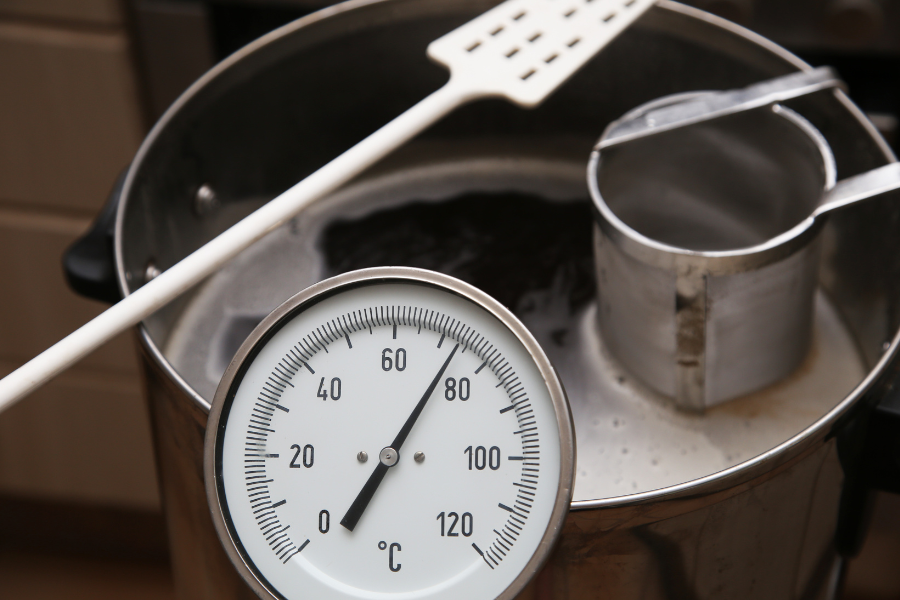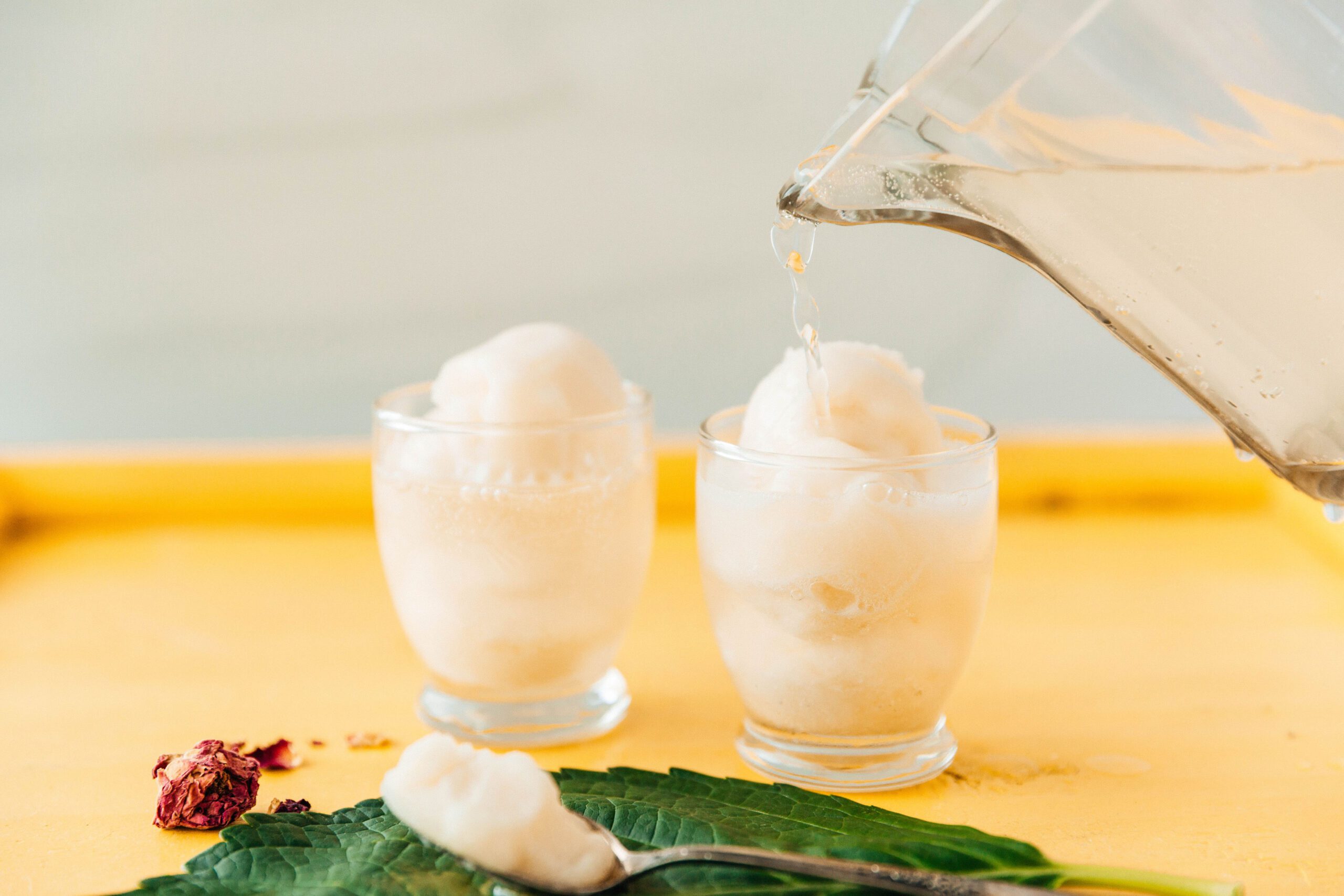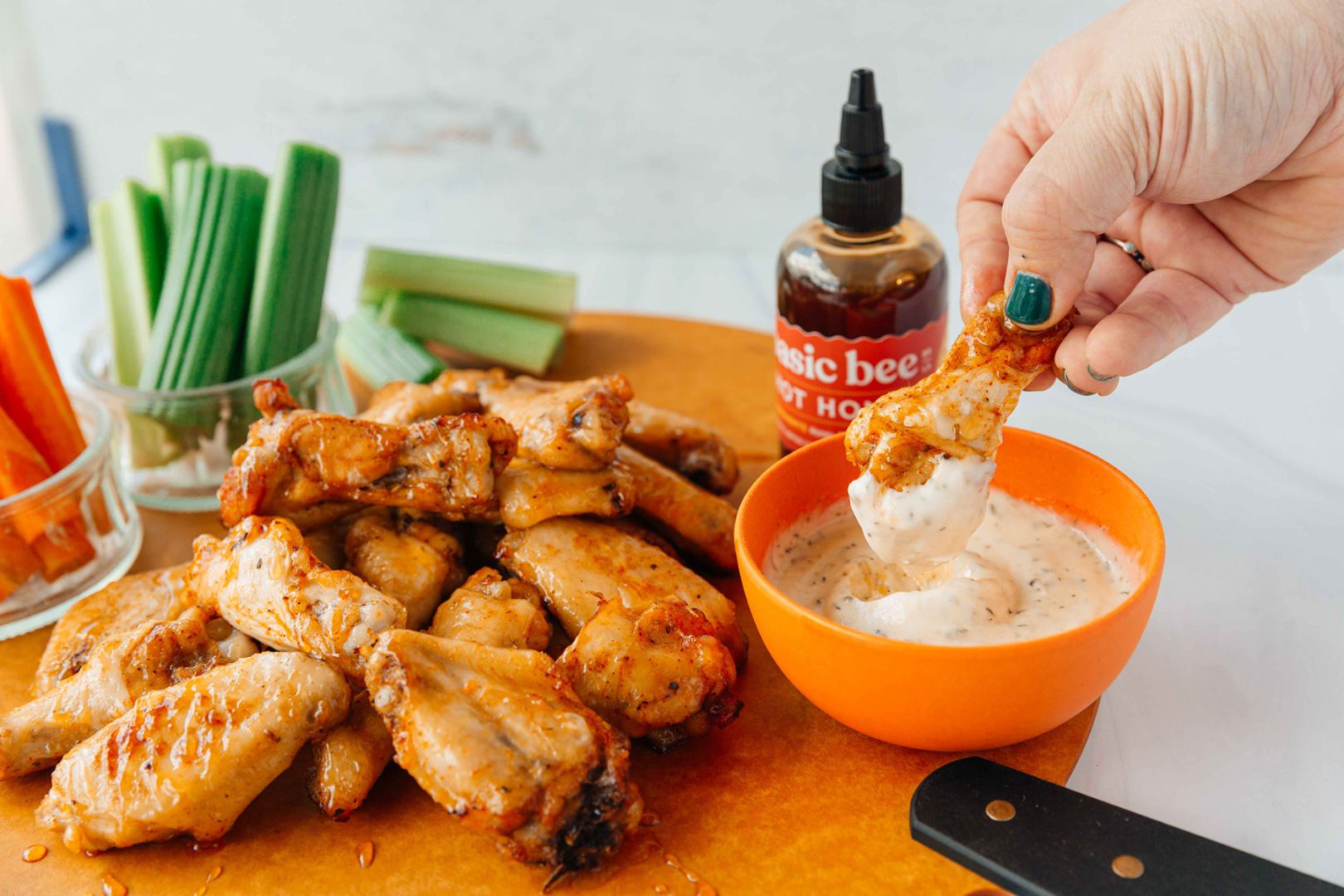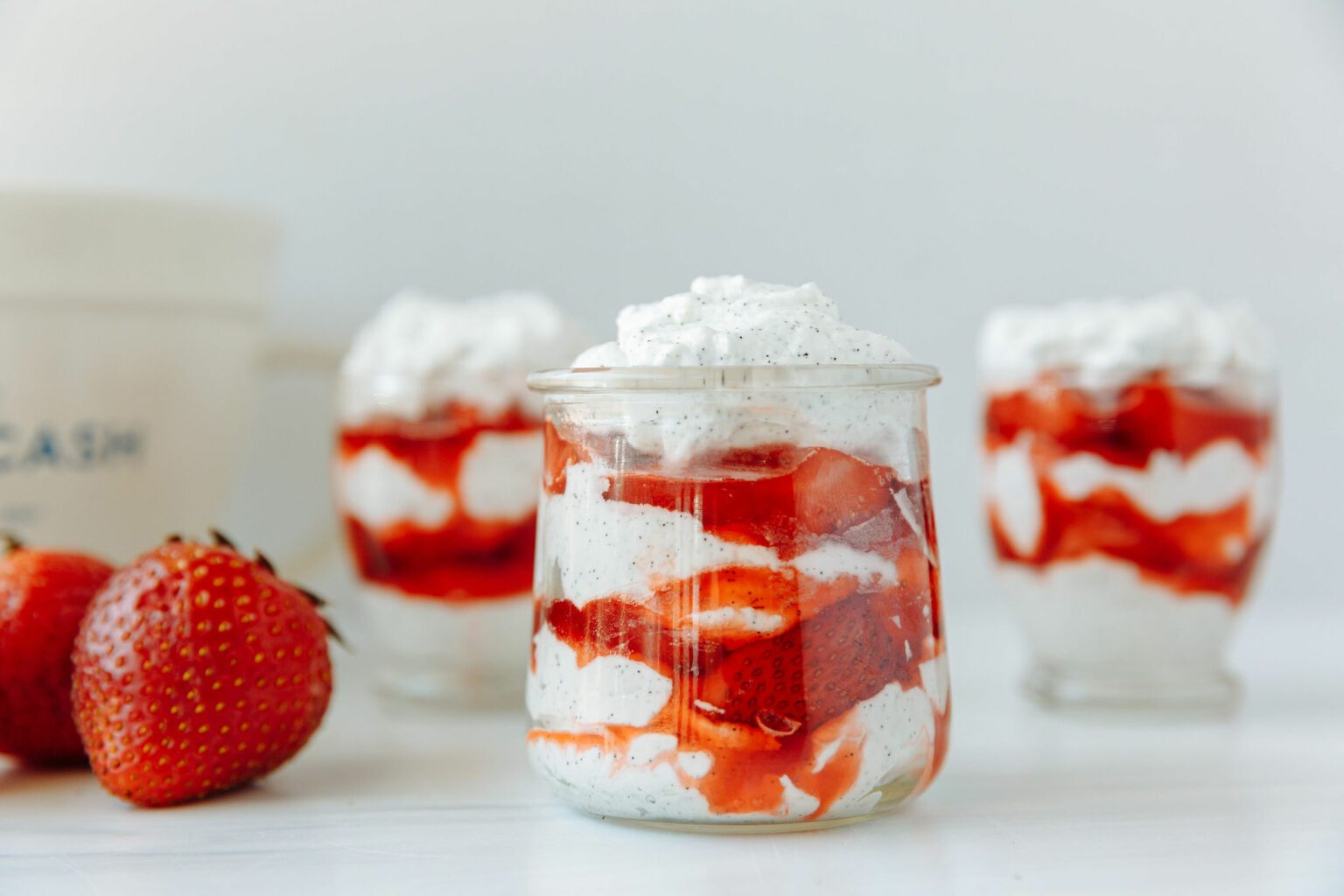Home brewing is more than a trend. Millions of people have invested in brew pots, buckets, tubes and thermometers to set up their own fermentation stations. If you’re one of them, you know that practice makes perfect. Now that you’ve got the equipment and know-how, consider adding in flavor from botanicals to take your brewskies new places. As all beer brewers know, ferments are fickle and half the fun is the trial and error. Read on for five ingredients to incorporate into your ferments.
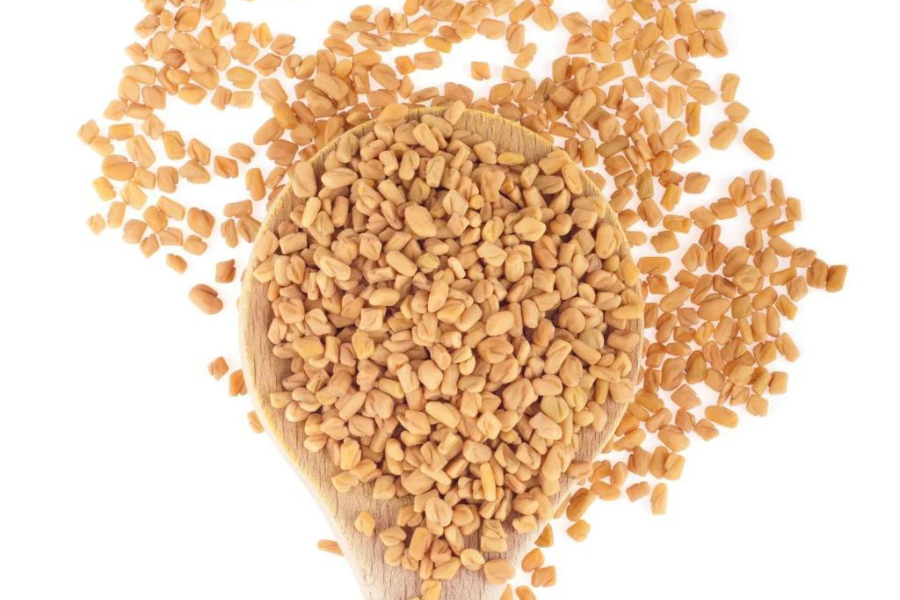
Fenugreek Seed
A mainstay in Indian and Middle Eastern cuisines, Fenugreek’s flavor and aroma has always intrigued me. It’s has a maple-butterscotch aroma, and it adds a layer of neutral bitterness. If you’ve ever toyed with using maple syrup in a batch, try Fenugreek. Maple syrup on its own will ferment out of the beer. Fenugreek will stick around and deliver a caramelized sugar note. Be sure to grab the seed and not ground fenugreek. Here’s a bonus: Fenugreek seed has been used for generations by lactating moms to help produce breast milk. Bring a growler of your new Fenugreek brew to a new mom. Sure, she’ll have to pump and dump but the sentiment will be there.
Homebrewing with Fenugreek seed:
Add an ounce to a five gallon batch at then end of the first fermentation.
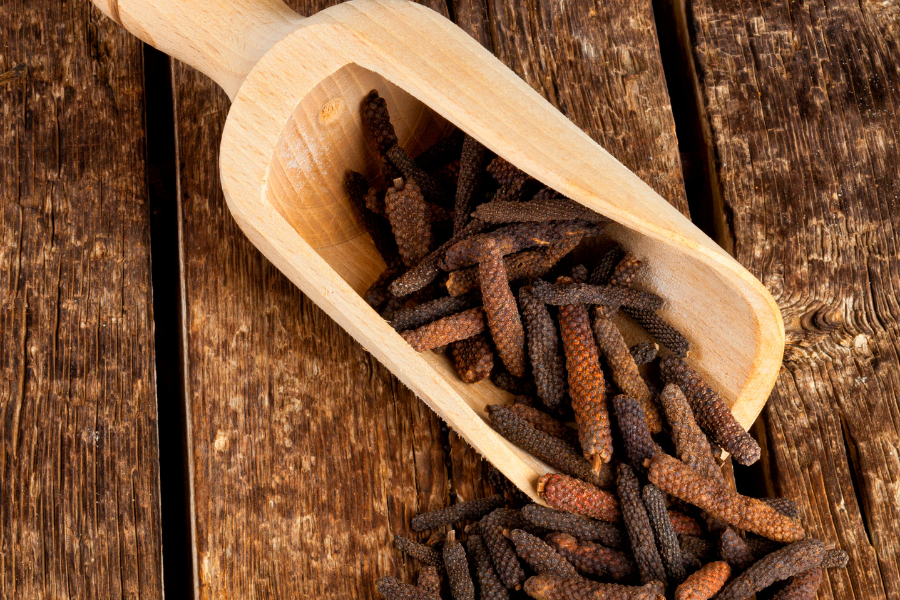
Balinese Long Pepper
These oddly-shaped and flavorful peppercorns are sometimes referred to as Javanese pepper. They have warmth (versus heat) and are sweet (versus sharp.) Plus, they have incredible flavor! There are hints of cinnamon, allspice, cardamom and nutmeg.
Homebrewing with Balinese Long Pepper:
For a five gallon batch, use one ounce. We recommend giving them a bit of a crush and adding them to the last 15 mins of the boil.
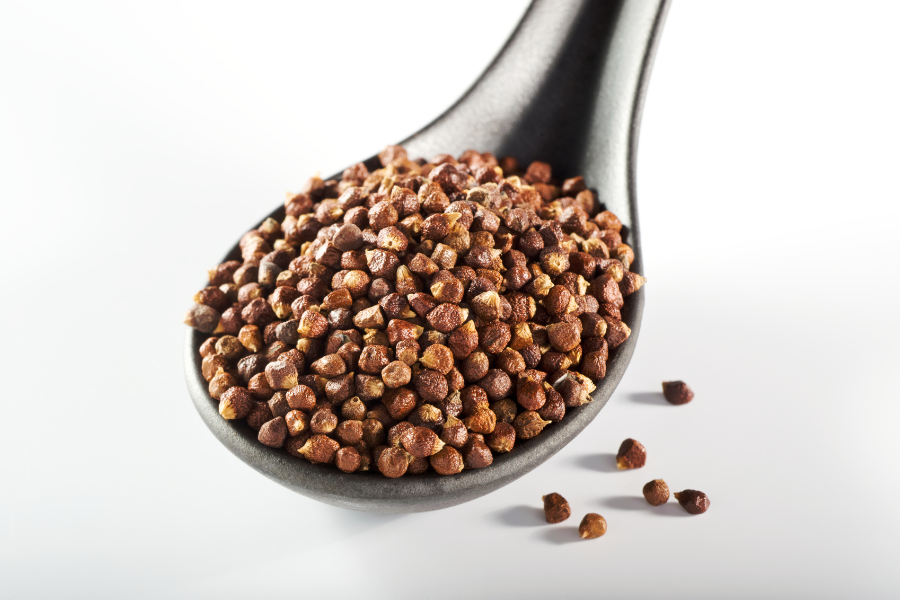
Grains of Paradise
These little red-brown seeds are part of the ginger family, these little guys pack a whole lot of flavor! You’ll get a tiny bite of ginger plus a little warmth of black pepper. The finish is citrusy. They’re often called for in apple pie recipes! A Belgian Wit would love the addition of Grains of Paradise.
Homebrewing with Grains of Paradise:
To extract flavor from a seed, you need to add them to the boil. Use a quarter ounce in a five gallon batch.
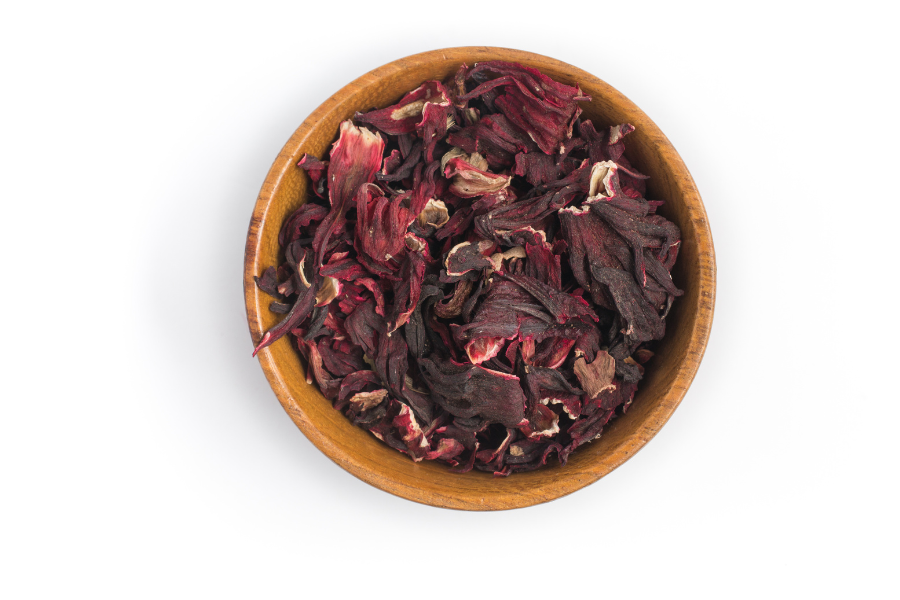
Hibiscus Flower
Including Hibiscus Flower in this list was an easy choice. We source locally-grown Hibiscus from Lena Farms. These big, beautiful blossoms are organically farmed and carefully harvested. We lean on these blooms for tea blending every day in the shop. When it comes to beer, you’ll enjoy a floral, tart fruitiness. Think lighter beers when using hibiscus. We recommend going for subtle color, flavor and aroma.
Homebrewing with Hibiscus Flower:
For a five gallon batch, use one ounce. Place in a hop bag, rinse then add along with the steeping water to the fermentor. Sample daily until desired flavor and color are achieved.
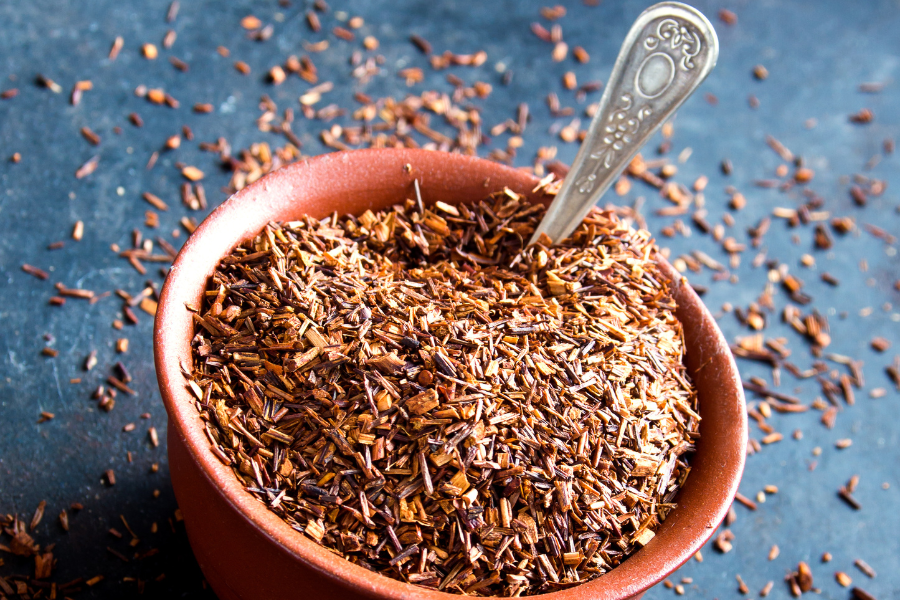
Honeybush Tea
Ready for a Red Ale? Cousin to Rooibos, Honeybush is a South African plant, and as the name suggests, it imparts natural honey sweetness when steeped. Often referred to as “Red Tea,” Honeybush will deliver amber color to your brew. This botanical is very reminiscent of black tea but with no caffeine. You’ll note the tannic quality and rich mouthfeel of traditional tea coupled with sweet complexity. The leaves are small, so be sure to use a hop bag.
Homebrewing with Honeybush:
For a five gallon batch, use one ounce. We recommend adding at flameout and avoiding the boil.

